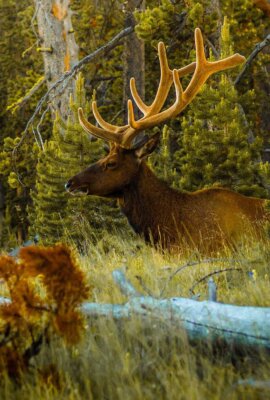Your full Wanderlust guide to
Belize

Though many visitors barely touch mainland Belize, instead chilling on the tropical islands (cayes) that speckle the length of the east coast, the visible traces of the world’s second-longest barrier reef. Here, snorkelling and diving rules – underwater adventurers come to gawp at coral-encrusted walls, spot manatee and sharks, and plunge the 120m-deep Blue Hole, one of the world’s iconic dive sites.
Inland Belize, too, hosts captivating wildlife – toucans, iguanas, howler monkeys, coatimundis, kinkajous, tapirs and even jaguars. Tangled in Belize’s forests lurk millennium-old Maya sites. Explore the jungle-clad temples, ball courts, friezes and plazas of Xunantunich, Caracol, Lubaantun, Altun Ha and Lamanai, or delve into the Cave of the Stone Sepulchre – Actun Tunichil Muknal. Meet the descendents of those ancient architects in Belize’s modern Maya villages in the south of the country.
You can’t miss

When to go to Belize
The warm days of the dry season (December-May) attract most visitors, though in truth temperatures and humidity are high year-round, and the really ‘dry’ period is February to April. The wet season (June-November) is the hottest period, when rain is frequent. The two weeks either side of New Year bring the most tourists.
Flora and fauna in Belize: Early spring (February-May) is the time to spot migrant birds from North America overwintering in Belize.
Special events celebrate Belize’s diverse cultures Catholic heritage at Carnaval (Sunday-Tuesday before lent); the array of Central American cultures at Costa Maya Festival (early August) and Garifuna lifestyle on Garifuna Settlement Day (19 November), especially in Dangriga.
International airports
Philip Goldson International Airport (BZE) is 18km north-east of Belize City.
Getting around in Belize
Domestic airlines fly small planes on routes up and down the coast, though not into the Belize’s inland regions. Water taxis and larger boats serve the northern Cayes – Caye Caulker and Ambergris Caye, specifically.
Small bus companies offer limited services along the Northern and Western Highways from Belize City north towards the Mexican border or west towards San Ignacio and Guatemala, and south along the Hummingbird and Southern Highways towards the Garifuna coast and Toledo district.
Car hire is costly, and there are only real four paved roads; however, it is a good way of reaching out-of-the-way spots.
Belize accommodation
Belize has hostels and relaxed guesthouses on the cayes in particular. Delightful guesthouses and lodges are scattered inland, many in reserves or set among Maya ruins.
In the south, it is possible to stay in simple guesthouses or homestays in the Maya villages of the Toledo district.
Belize food and drink
Rice and beans (or, as an alternative, beans and rice) is the staple for many. However, Belize’s seafood is wonderful, and many dishes are enlivened by the famed Marie Sharp’s hot sauce. Belikin beer and rum cocktails are the thirst-quenchers of choice.
Health and safety in Belize
Several vaccinations are recommended, as is malaria prophylaxis – consult your GP or travel health clinic.
Drink only sterilised or bottled water.
Venomous snakes, tick bites and pesky mosquitoes are also problems to varying extents. Take care walking in jungles, tuck trousers into socks and use insect repellent. Crime is a problem in Belize City; take taxis, particularly at night.
















